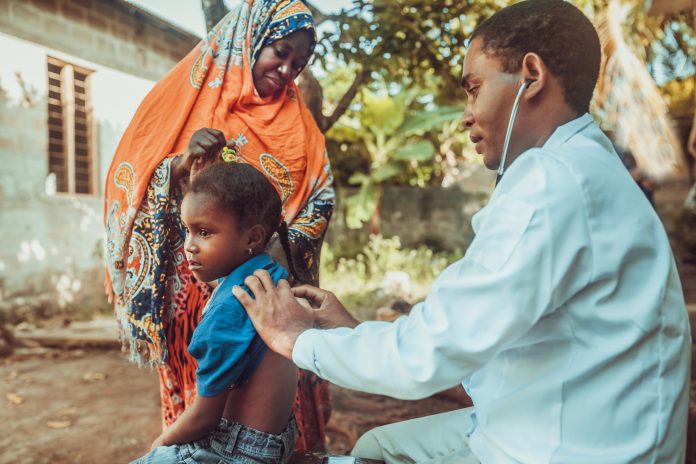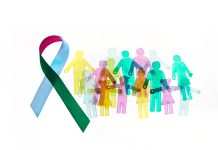Recent efforts to combat malaria have come to a halt, with global targets set to be missed. Today, on World Malaria Day, we look at the continued effects of the disease and what global efforts still need to be made
Despite advancements in medical science, malaria remains a threat to public health, disproportionately affecting vulnerable populations around the world.
The World Health Organisation (WHO) and partners highlight the barriers stopping progress in combatting malaria.
“Accelerating the fight against malaria for a more equitable world”
Who does malaria affect the most?
Malaria affects the WHO African Region most, accounting for 94% of cases and 95% of deaths in 2022.
Rural communities, where the is poverty and limited education, suffer most from the disease. Children under 5 years old and pregnant women face heightened risks. In the African Region, 4 out of 5 malaria-related deaths occur in children under 5.
Pregnant women face increased exposure to malaria. Malaria in pregnancy has several risks including maternal death, stillbirth, premature delivery, and low birth weight.
Refugees, migrants, internally displaced people, and Indigenous communities also face increased malaria risks due to limited access to healthcare.
But why are these vulnerable groups not accessing essential malaria services?
Obstacles include discrimination, gender inequality, and lack of healthcare access.
Social and cultural standards often stop women from seeking convenient prevention or treatment. Conflicts also disrupt healthcare services, leaving women and children particularly vulnerable.
In response to this, WHO and its partners support targeted interventions to accelerate progress towards a malaria-free world. These include:
- Ending discrimination and stigma: Combatting discriminatory attitudes that prevent vulnerable groups from accessing healthcare.
- Community engagement: Involving communities in decision-making processes to tailor interventions to their needs.
- Strengthening primary healthcare: Bringing healthcare services closer to vulnerable populations to improve access and equity.
- Addressing malaria risk factors: Tackling social determinants like poverty and gender inequality that fuel malaria transmission.
Aiming to reduce the impact of malaria
Investing in innovative tools such as malaria vaccines and new-generation insecticide-treated nets holds promise. Vaccines deployed through national child immunisation platforms can significantly increase prevention efforts, especially benefiting vulnerable children.
WHO’s Global Technical Strategy for Malaria aims to reduce incidence and mortality rates by at least 90% by 2030 and eliminate malaria in 35 countries.
Equity, gender responsiveness, and human rights are at the forefront of this strategy. By embracing innovation and inclusivity, we can accelerate progress towards a world where malaria doesn’t claims lives disproportionately among the most vulnerable.








